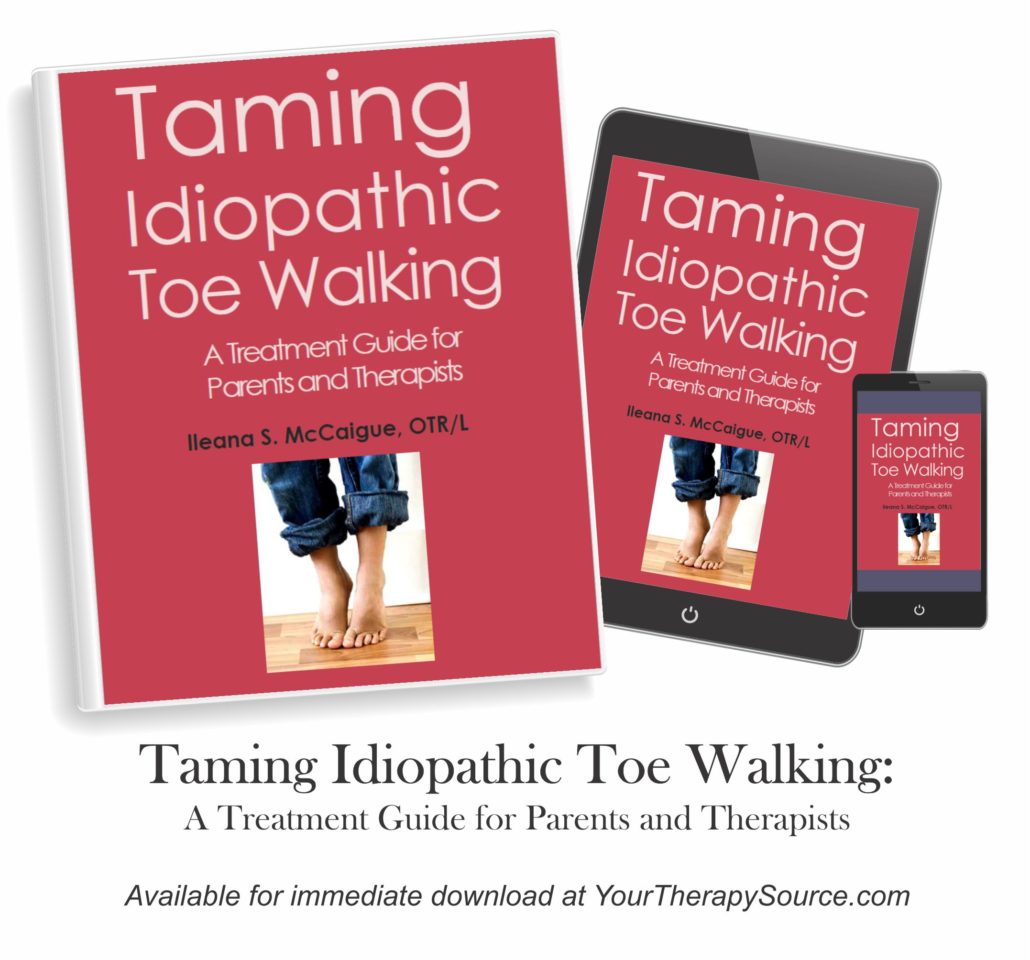Idiopathic Toe Walking and Botox
The Journal of Children’s Orthopaedics has published research on the use of Botox A in children with idiopathic toe walking. Fifteen children (ages 5-13)with a diagnosis of idiopathic toe walking underwent a gait analysis followed by Botox in the calf muscles and an exercise program. Gait analysis was repeated at 3 weeks, 3 months, 6 months and 12 months after treatment. Results from the gait analysis indicated significant improvements in decreased plantar flexion angle at initial contact and during swing phase and increased dorsiflexion during midstance. At 12 months post treatment, parents reported that 3 of the 11 children stopped toe walking completely, 4/11 decreased toe walking, and 4/11 continued to toe walk. The researchers concluded that Botox and exercise treatment for idiopathic toe walking displays gait pattern changes but does not always stop toe walking.
Reference: Pähr Engström1, Elena M. Gutierrez-Farewik1,Åsa Bartonek1, Kristina Tedroff1, Christina Orefelt1 and Yvonne Haglund-Åkerlind1 (2010) Does botulinum toxin A improve the walking pattern in children with idiopathic toe-walking? Journal of Children’s Orthopaedics DOI 10.1007/s11832-010-0263-9 Published online 5/12/2010.

Written by renowned Occupational Therapist, Ileana S. McCaigue, OTR/L, ‘Taming Idiopathic Toe Walking: A Treatment Guide for Parents and Therapists’ serves as a definitive manual for children and adolescents that display atypical toe walking behaviors. Inspired by the overcoming of toe walking by numerous children during her years of practice, McCaigue’s professional expertise and personal experiences are fused into a powerful resource. FIND OUT MORE.

Comments are closed.